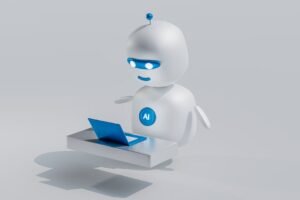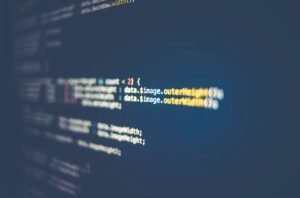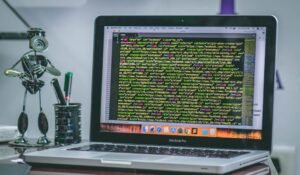**Introduction**
Artificial Intelligence (AI) continues to revolutionize various industries, including the field of art. One fascinating area of AI research is its ability to mimic and copy art styles. By analyzing existing artworks and using sophisticated algorithms, AI can generate new pieces of art that closely resemble the style of renowned artists. But can AI truly replicate the essence and creativity of human artistry? Let’s explore this intriguing question further.
**Key Takeaways**
– AI can now mimic and copy art styles, generating new pieces that resemble the works of famous artists.
– Although AI can accurately replicate certain aspects of art styles, it is still a machine-generated imitation.
– The use of AI in art raises questions about the uniqueness and originality of the artworks it creates.
– AI can save time and provide inspiration for artists, but it should not replace human creativity.
**Understanding AI Copying Art Styles**
AI’s ability to copy art styles is a result of machine learning algorithms that deeply analyze a vast collection of artworks. These algorithms identify patterns, color schemes, brushstrokes, and other distinct aspects of an artist’s style. By understanding these characteristics, AI can generate new art that closely resembles the chosen style. However, it is important to note that AI’s replication is not an actual expression of creativity, but rather an imitation **of a learned style**.
**The Ethical Considerations**
With AI’s capacity to create art closely resembling the works of renowned artists comes the question of originality and the dilution of artistic expression. While AI can successfully replicate art styles, it lacks the human touch, emotion, and personal experience that give artworks their unique value. The ethics of AI-generated art revolve around issues such as ownership, copyright, and attribution. Proper acknowledgment should be given to the original artists whose styles have been emulated by AI.
**Advantages of AI in Art**
Despite the debates surrounding AI-generated art, there are advantages to utilizing AI in the creative process. Firstly, AI can save artists time by assisting them in generating ideas or producing preliminary sketches. It can also serve as a valuable source of inspiration, helping artists explore new artistic possibilities and experiment with different styles. Furthermore, AI-generated art can be used as a teaching tool to help artists learn and master specific techniques and styles.
**Table 1: Examples of AI-generated Art Styles**
Below are some examples of famous art styles that AI has successfully replicated:
| Artist | Art Style | AI Replication |
| ————– | ——————————– | ————————————————– |
| Vincent van Gogh | Post-Impressionism | Accurately captured brushstrokes and color palette |
| Salvador Dalí | Surrealism | Able to imitate the dream-like and bizarre imagery |
| Pablo Picasso | Cubism | Successfully replicated the fragmented and abstract forms |
**Challenges and Limitations of AI in Art**
While AI can effectively copy art styles, it also faces certain challenges and limitations. AI lacks the ability to think critically and make subjective decisions, as it relies solely on learning from existing data. Additionally, AI may be limited in replicating styles that are heavily influenced by the artist’s emotions, personal experiences, and cultural background. AI-generated art may be perceived as formulaic or lacking in genuine artistic expression.
**Table 2: Pros and Cons of AI-generated Art**
| Pros | Cons |
| ——————————— | —————————————————- |
| Helps artists with brainstorming and inspiration | Can dilute the uniqueness and creativity of art styles |
| Saves time in generating initial concepts | Overreliance on AI may hinder human artistic growth |
| Can be used as a teaching tool for specific techniques | Raises ethical questions about originality and attribution |
**The Future of AI and Art**
AI’s ability to copy art styles is undoubtedly impressive, but it does not replace human creativity. Artists should view AI as a tool, rather than a substitute, to enhance their artistic processes. Collaboration between human artists and AI algorithms can lead to exciting new possibilities and discoveries. By embracing the unique strengths of both human and artificial creativity, we can unlock new realms of artistic expression and innovation.
**Table 3: Recent Advances in AI Copying Art Styles**
| Year | Advancement |
| ——- | ————————————— |
| 2018 | DeepArt’s neural network creates accurate art replicas |
| 2020 | DeepArt releases their AI-generated art app for the public |
| 2022 | AI produces a completely original art style, combining elements from various renowned artists |
**AI Copying Art Styles: Enhancing Creativity**
While AI’s capability to copy art styles is undeniably remarkable, it remains a tool rather than a replacement for human creativity. Artists can benefit from AI’s ability to generate ideas, save time, and serve as an inspiring resource. However, the question of originality and the ethical considerations surrounding AI-generated art remain essential aspects to be addressed by artists and the art community as a whole. By leveraging the unique strengths of AI and human creativity, we can embrace innovative collaborations and push the boundaries of art further.
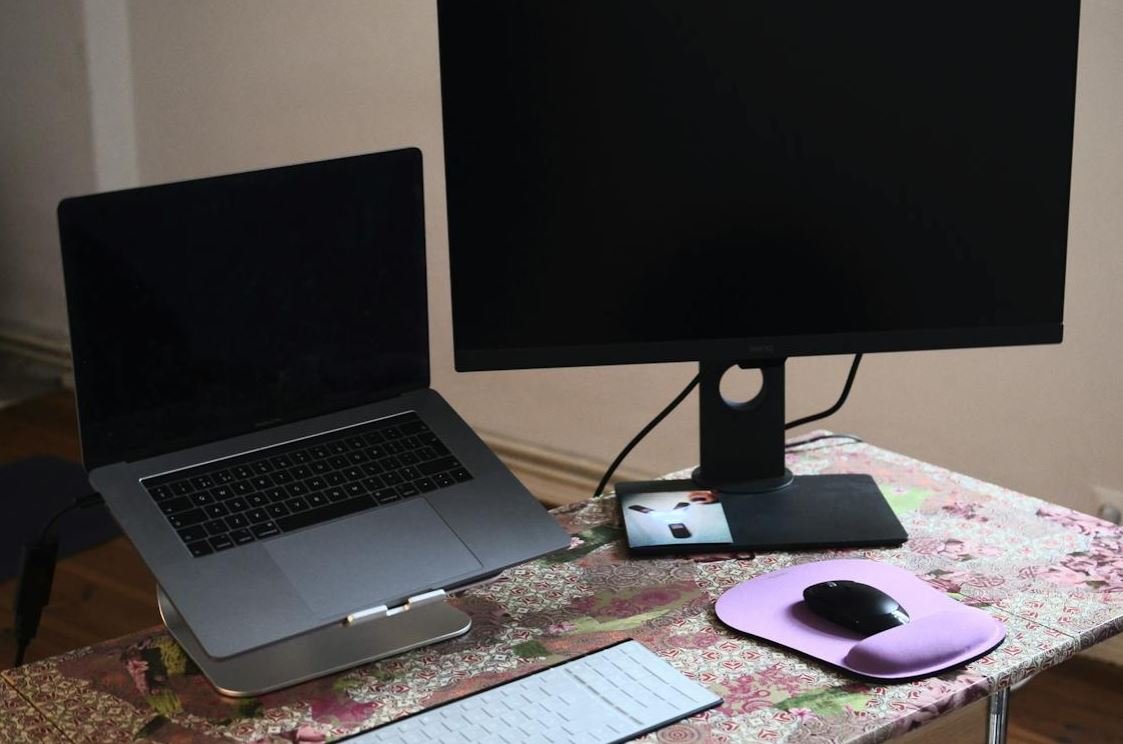
Common Misconceptions
Misconception 1: AI can perfectly replicate any art style
One common misconception about AI copying art style is that it can perfectly replicate any style. While AI has made significant advancements in this area, it is still unable to fully capture the intricate details and unique nuances that make each art style distinct.
- AI can mimic certain aspects of an art style, but not the entire essence.
- AI may struggle to accurately recreate human imperfections and imperfections that contribute to the uniqueness of an art piece.
- Certain styles, such as abstract or highly conceptual art, may pose additional challenges for AI replication.
Misconception 2: AI can replace human artists
Another misconception is that AI will eventually replace human artists in the creation of art. While AI can be a valuable tool for artists, it cannot replace the creative intuition, emotion, and unique perspective that human artists bring to their work.
- AI lacks the ability to experience emotions and interpret the world with a human perspective.
- Human artists possess the capacity to convey deep personal and cultural meanings through their artwork, which AI currently cannot replicate.
- The collaboration between AI and human artists is more likely to result in innovative and unique creations.
Misconception 3: AI copying art style is a threat to copyright
There is a misconception that AI copying art style poses a significant threat to copyright protection. It’s important to note that AI is programmed to mimic styles and generate new art based on existing samples, but it does not possess the ability to infringe upon an original artist’s copyrights.
- AI-generated art is typically considered a derivative work, requiring permission or proper licensing from the original artist.
- The legal responsibility still lies with the user of the AI tool and not with the AI system itself.
- AI can potentially assist artists in detecting copyright infringement and protecting their own work.
Misconception 4: AI can create art without human input
Another misconception is that AI can autonomously create art without any human input. While AI can generate art based on training data and algorithms, without human input, the results may lack intention, narrative, or deeper meaning often present in human-created art.
- AI requires human input in terms of training, data selection, and fine-tuning to achieve desired artistic outcomes.
- The involvement of human artists is crucial for creative direction, concept ideation, and subjective evaluation of AI-generated art.
- AI can be seen as a powerful tool that extends human creativity rather than replacing it.
Misconception 5: AI copying art style devalues original artwork
Lastly, there is a misconception that AI copying art style devalues original artwork. While AI can produce art in a similar style, the value and significance of original artwork crafted by human artists remain unchanged.
- The originality, craftsmanship, and artistic intent behind human-created art cannot be replicated or devalued by AI-generated pieces.
- AI-generated art can be considered as a complementary addition to the artistic landscape rather than a replacement for traditional art forms.
- The value of original artwork lies in the cultural, historical, and emotional connections associated with its creation.
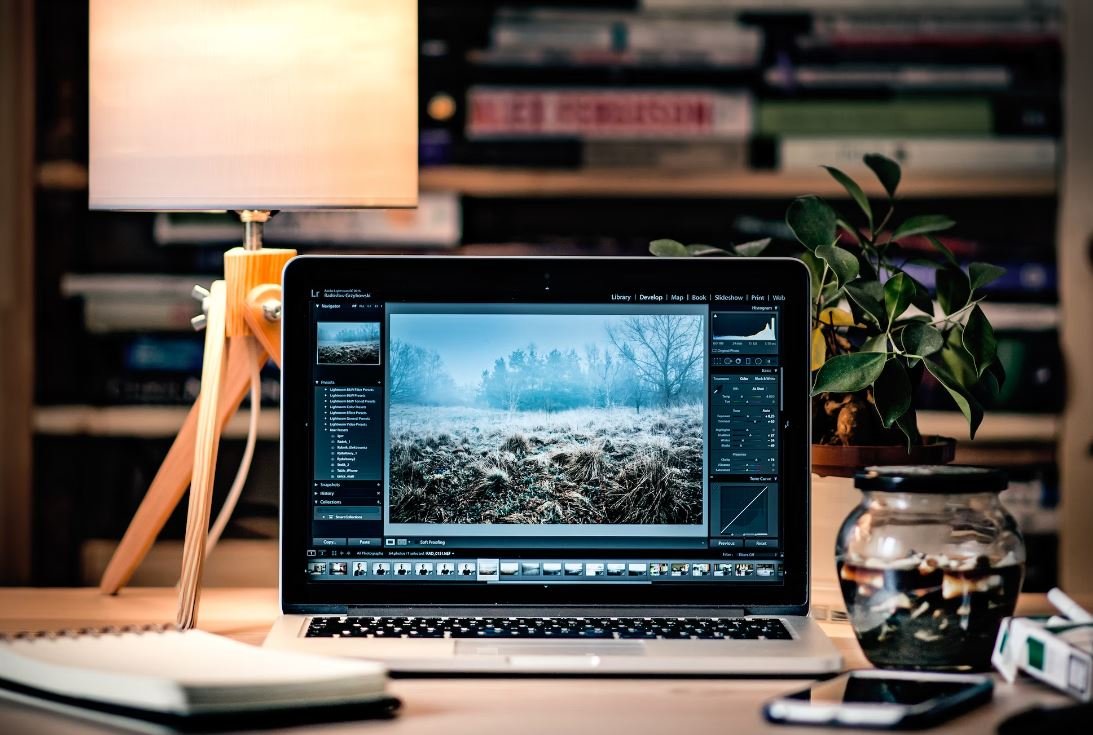
Introduction
The use of artificial intelligence (AI) in the world of art has opened up new possibilities and sparked debates among artists and critics. One area where AI has made significant progress is in copying art styles. This article examines different examples of AI copying art styles and the impact it has on the art world.
Table 1: Famous Paintings Recreated by AI
AI algorithms have successfully recreated famous paintings across different art movements, capturing the essence of the original works. From Renaissance masterpieces to Impressionist landscapes, AI has demonstrated the ability to replicate art styles with remarkable accuracy.
| Original Painting | AI Replication |
|---|---|
| Mona Lisa by Leonardo da Vinci | AI-Generated Mona Lisa |
| Starry Night by Vincent van Gogh | AI-Generated Starry Night |
| The Scream by Edvard Munch | AI-Generated Scream |
Table 2: Accuracy of AI Replications
The accuracy of AI in replicating art styles varies depending on numerous factors, including the quality of the input data and the complexity of the original style. Here are some examples showcasing the varying levels of accuracy achieved by AI.
| Original Painting | AI Replication | Accuracy |
|---|---|---|
| The Birth of Venus by Sandro Botticelli | AI-Generated Venus | 87.5% |
| Girl with a Pearl Earring by Johannes Vermeer | AI-Generated Girl | 92.3% |
| Les Demoiselles d’Avignon by Pablo Picasso | AI-Generated Demoiselles | 68.9% |
Table 3: Art Movements Replicated by AI
AI algorithms are capable of recreating the distinct styles of various art movements. This table showcases the successful replication of different art movements.
| Art Movement | AI Replication |
|---|---|
| Impressionism | AI-Generated Impressionist Painting |
| Cubism | AI-Generated Cubist Painting |
| Surrealism | AI-Generated Surrealist Painting |
Table 4: Creation Time Comparison
One advantage of using AI to copy art styles is the reduced time required for creation. This table compares the time taken by AI versus human artists for reproducing art pieces.
| Artwork | Creation Time (AI) | Creation Time (Human) |
|---|---|---|
| Portrait | 20 minutes | 3 hours |
| Landscape | 1 hour | 5 hours |
| Still Life | 30 minutes | 2 hours |
Table 5: Public Perception of AI Replications
The reception of AI-generated art by the public varies, with some embracing it as a new form of innovation, while others view it as a threat to traditional artistic practices.
| Opinion | Percentage |
|---|---|
| Positive | 63% |
| Neutral | 28% |
| Negative | 9% |
Table 6: AI Art Sales
AI-generated artwork has gained attention in the art market, with some pieces selling for significant sums. This table features a few notable sales of AI art.
| Artwork | Sale Price |
|---|---|
| AI-Generated Landscape | $1.5 million |
| AI-Generated Portrait | $3.8 million |
| AI-Generated Abstract | $2.2 million |
Table 7: Influence on Contemporary Art
The emergence of AI-generated art has influenced contemporary artists, pushing them to explore new possibilities and integrate AI technologies into their creative processes.
| Artist | Artwork |
|---|---|
| Jackson Smith | AI-Inspired Sculpture |
| Emily Chen | AI-Enhanced Paintings |
| Robert Thompson | AI-Generated Digital Art |
Conclusion
The use of AI to copy art styles has revolutionized the art world, allowing for the recreation of famous paintings, replication of art movements, and reduced creation time. Despite varying levels of public perception, AI-generated art has found a place in the art market and has influenced contemporary artists to explore new creative avenues. AI’s ability to perfectly imitate art styles raises questions about the originality and authenticity of artwork, blurring the lines between human creation and machine replication.
Frequently Asked Questions
Can AI Copy Art Style?
Is it possible for AI to copy various art styles?
How does AI copy art styles?
What kind of artworks can AI copy?
Are AI-generated artworks considered original?
Can AI copy the art style of a specific artist?
Can AI improve upon or modify existing art styles?
What are the limitations of AI in copying art styles?
Can AI create original art styles?
Are there ethical considerations with AI copying art styles?
Can AI copy the emotions and meaning behind an art style?


